Hebron is a fascinating place. With about 250,000 people, it's the largest Palestinian city and the commercial capital of the West Bank. Its people, while very conservative, seem to have some Crusader blood -- you'll see some blond hair and blue eyes. While the old town thrives with commerce, there is a palpable unease that makes just being here stressful. That's because it has the Tomb of the Patriarchs -- where Abraham, Isaac, and Jacob are all buried -- which makes it holy for Jews, Muslims, and Christians...and sharing this peaceably is tricky.
Hebron, while not very important politically and very conservative, is the biggest city and has the largest economic impact in Palestine. Its population generates about 30 percent of the West Bank's economy. Because it has the tomb of Abraham, it is holy to both Jews and Muslims...and there lies the problem.
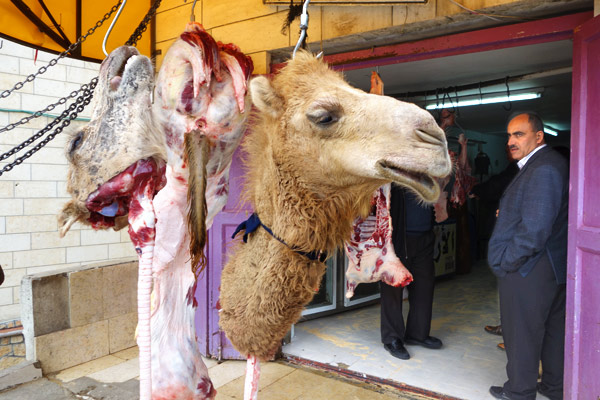
The people of Hebron are seen as a bit different. They speak more slowly. Perhaps because of their Bedouin heritage, they have a tighter tribal community, and, I'm told, this is the only place you'll find fresh camel meat at the butcher's.
You see and feel the tension in Hebron. The center of the city is literally Jews atop Muslims -- as both communities are committed to staying close to the patriarch Abraham whose tomb lies in the center. While Arabs take the ground floor, a group of about 400 Jewish settlers (many of whom are American) live above them. Because of the violent history of this town, there is a large contingent of Israeli security forces to protect the Jewish settlers. Going through security turnstiles and walking down the boarded-up "ghost street" was not enjoyable. While people choose to live here to be close to their patriarch, I wondered what Abraham would think about the inability of his feuding descendants to live together better.
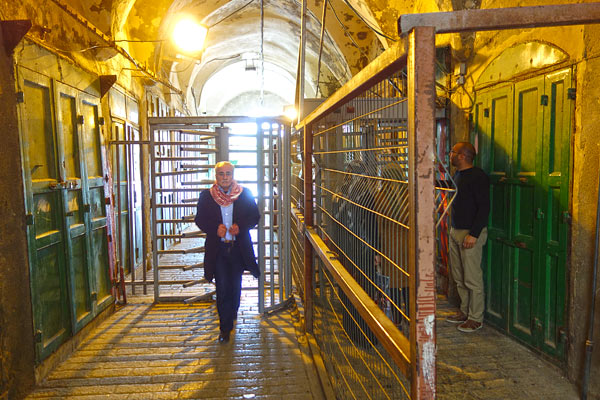
A daily part of life in strife-torn Hebron is for residents to go through security turnstiles like this.
While this is a tough place for a Jew to live, those who do are driven by their faith, believing it's important not to abandon the burial site of their patriarchs, the second most holy site for them after Jerusalem. The Tomb of the Patriarchs marks the first Jewish possession in the land of Israel. Abraham purchased the burial plot almost 4,000 years ago as explained in Genesis 23. Many times the temple here has been "repurposed" as a church or a mosque. Jews could not go beyond the seventh step on a staircase outside the building from 1267 to 1967. Since 1967, Jewish worshippers have had full access to the holy site. In 1994, during the Muslim holy month of Ramadan, a Jewish settler gunned down 29 Muslim worshippers here. Since then, the holy spot has been divided -- half mosque and half synagogue -- with each community getting a chance to pray at the tomb of Abraham separated by bulletproof glass.
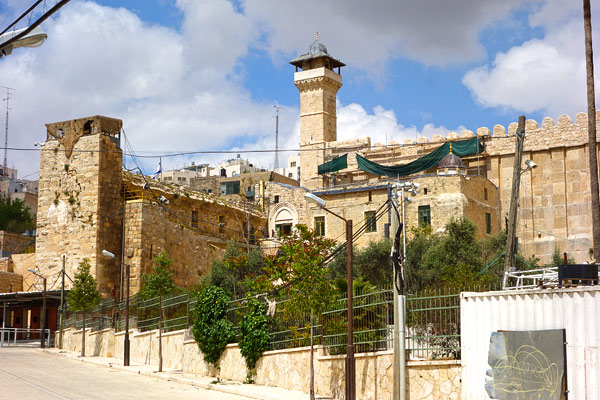
The Tomb of the Patriarchs is holy for both Jews and Muslims. It holds the much-venerated tombs of Abraham, Isaac, Jacob, and Sarah. Much of the building is an old Crusader church built on top of an enclosure from the time of King Herod. It is split to function as both a mosque and a synagogue.
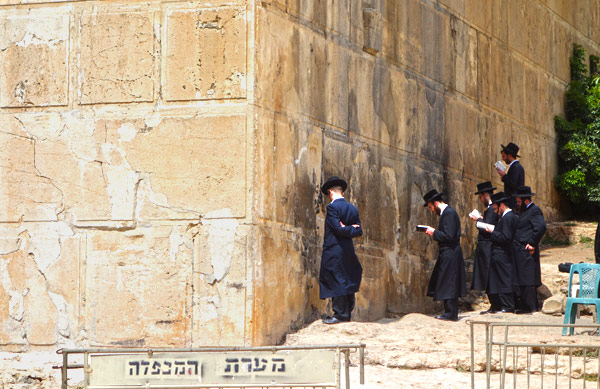
Like they pray at the Western Wall of their destroyed temple in Jerusalem, Orthodox Jews pray at the foundation wall of their temple in Hebron. As at the Western Wall, the stones here are "Herod Stones," quarried and cut during the reign of King Herod and each with a distinctive carved border.
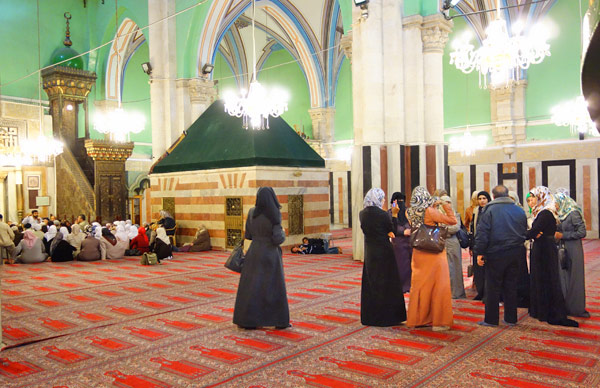
In the Sanctuary of Abraham or Ibrahimi Mosque you can see a minbar. It's a staircase representing how teachers spread the word of the Prophet Muhammad -- a standard feature in mosques. This one is a rare original from the 11th century made of inlaid wood and no nails.
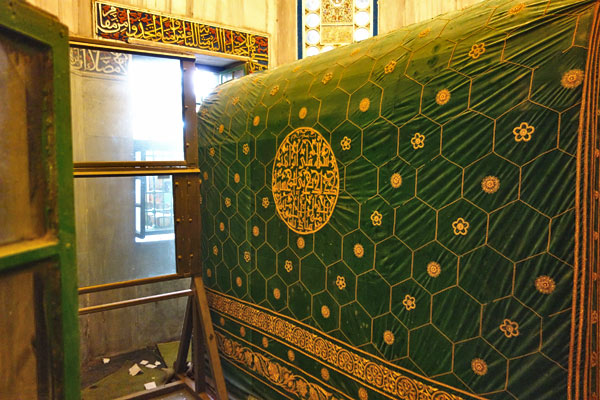
The memorial tomb of Abraham comes with bulletproof glass and barred windows so that his two sons' feuding descendants -- Jews and Muslims -- can respect his grave.